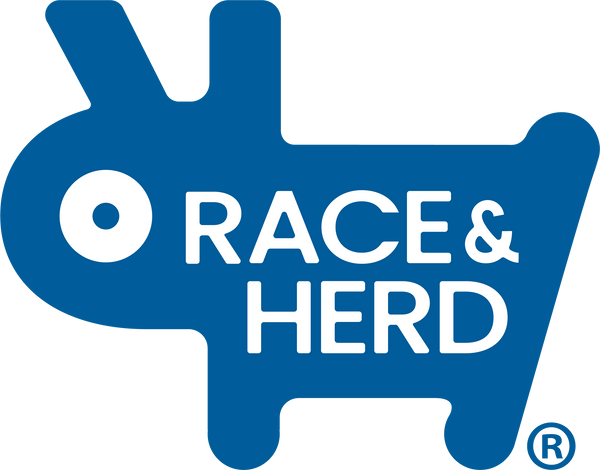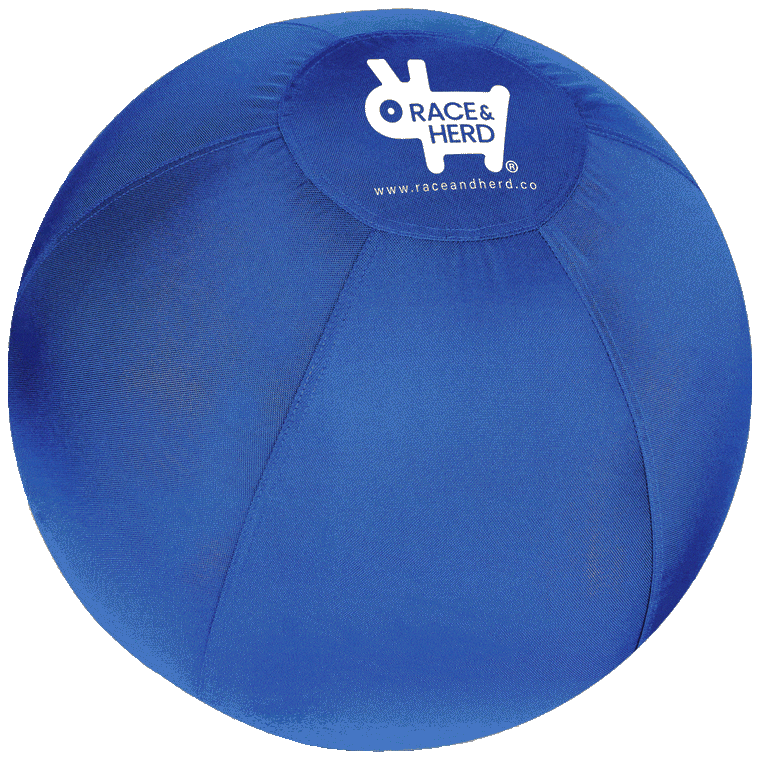Herding dog breeds have a natural instinct to control the movement of animals, and their herding abilities often shine through in various activities. Dog ball herding is an excellent way to engage these breeds in a stimulating and enjoyable activity that aligns with their innate instincts. In this article, we'll explore how to tailor dog ball herding activities for different herding dog breeds, making it an inclusive and enriching experience for all.Ultimate Guide to Training Your Dog or Horse
Before We Start: Why It Is Important To Have Distinct Dog Ball Herding Methods for Different Dog Breeds
Having distinct dog ball herding methods for different dog breeds is crucial for several reasons:
- Meeting Individual Needs: Different herding breeds have varying levels of energy, intelligence, and physical capabilities. Tailoring the herding activity to their specific traits ensures each dog can fully engage in the exercise at their own pace, preventing them from becoming overwhelmed or bored.
- Stimulating Herding Instincts: Adapting the herding method to suit each breed's herding instincts allows them to experience the joy and satisfaction of participating in an activity that aligns with their natural abilities. This stimulation can improve their overall well-being and happiness.
- Preventing Overexertion: High-energy herding breeds may thrive on intense physical activities, while others may require a more moderate approach. Customizing the herding method helps prevent overexertion and potential injuries, promoting a safe and enjoyable experience for all dogs.
- Building Confidence: Providing suitable herding methods based on each breed's characteristics allows them to feel successful and confident in their abilities. This positive reinforcement strengthens their bond with their human companion and enhances their overall confidence.
- Encouraging Positive Behaviors: Distinct herding methods can be used to reinforce positive behaviors and obedience training specific to each breed. Incorporating training commands during herding activities creates a mentally stimulating and rewarding experience for both the dog and the owner.
Adapting Dog Ball Herding Activities for Different Dog Breeds
Understanding the Breed-Specific Traits:
Each herding breed possesses distinct characteristics and temperaments. For instance, Border Collies are known for their intelligence and agility, while Australian Shepherds have exceptional stamina. Before engaging in dog ball herding, take time to understand your dog's specific traits and herding instincts to better tailor the activity to their needs.
Adjusting the Intensity:
Herding breeds, such as Pembroke Welsh Corgis and Australian Cattle Dogs, have boundless energy levels that require more intense and prolonged physical activity. For these breeds, consider extending the duration of the herding session or incorporating additional obstacles to keep their active minds and bodies engaged.
Incorporating Training Commands:
Herding dogs are highly trainable, and incorporating training commands into the dog ball herding activity enhances the experience. Use familiar commands like "come," "stay," and "go" to direct their movements while herding the ball. This reinforces their training and allows for more control during playtime.
Agility Elements for High-Energy Breeds:
For breeds like Australian Shepherds or Belgian Malinois, adding agility elements to the herding course can be rewarding. Introduce hoops, tunnels, or jumps to challenge their coordination and intelligence, providing a fulfilling experience that caters to their natural abilities.
Considering the Size:
Smaller herding breeds, such as Shetland Sheepdogs or Pembroke Welsh Corgis, may require a more compact herding course suited to their size. Ensure that the obstacles are appropriate and safe for smaller dogs, allowing them to experience the joy of dog ball herding without feeling overwhelmed.
Adapting for Older or Less Energetic Dogs:
Some herding breeds may have lower energy levels as they age or have individual variations in their activity levels. For older dogs or those with lower stamina, modify the herding course to accommodate their needs, offering a less intense yet enjoyable experience.
Safety: Ensuring a Secure Herding Environment
While engaging in dog ball herding with different herding breeds, safety should always be a top priority. Consider the following safety measures to create a secure herding environment:
- Supervision: Always supervise your dog during the herding activity to ensure their well-being and prevent accidents.
- Hydration: Provide plenty of fresh water and frequent breaks to keep your dog hydrated, especially during hot weather.
- Safe Obstacles: Choose obstacles that are appropriate for your dog's size and skill level. Avoid sharp edges or potential hazards that could cause injury.
- Non-Toxic Balls: Use high-quality, non-toxic balls specifically designed for dogs to prevent choking or ingestion of harmful materials, such as herding balls for dogs made by Race and Herd. To learn about selecting herding balls to ensure fun and engaging activities, read our article about how to choose the best herding ball for dogs.
- Comfortable Surface: Ensure the herding area has a safe and comfortable surface, such as grass or rubber matting, to prevent injuries to your dog's paws.
- Warm-Up and Cool-Down: Incorporate warm-up exercises before herding to prevent muscle strain and cool-down exercises afterward to ease your dog's muscles.
Why Race and Herd Herding Balls for Dogs Are Your Best Option
When it comes to dog ball herding, Race and Herd herding balls stand out as the best option for several reasons:
- Quality Materials: Race and Herd herding balls are crafted from high-quality, durable materials, ensuring they can withstand rigorous play without getting damaged.
- Non-Toxic and Safe: The herding balls are made from non-toxic materials, making them safe for your dog to interact with, chew, and retrieve without any health concerns.
- Designed for Herding: These herding balls are specifically designed to simulate the movement and behavior of a herd, triggering your dog's herding instincts and keeping them engaged.
- Versatility: Race and Herd herding balls are suitable for dogs of all breeds and sizes, making them a versatile choice for creating a herding environment that accommodates various dogs.
- Stimulating Play: The unpredictable movement of these herding balls keeps your dog mentally stimulated and physically active, providing a fulfilling and enjoyable experience for your furry companion.
Dog ball herding is a fantastic way to engage herding dog breeds in a stimulating and rewarding activity that aligns with their natural instincts. By adapting the herding activity to suit different herding breeds and prioritizing safety, we ensure an inclusive and enjoyable experience for every furry participant. Understanding each breed's traits, adjusting the intensity, incorporating training commands, considering the size, and implementing safety measures are essential factors in creating a herding environment that keeps our beloved herding companions happy, healthy, and engaged. Embrace the diversity of herding breeds, and embark on an exciting journey of dog ball herding adventures with your canine friends! With Race and Herd Herding Balls for Dogs, you can ensure the best possible experience for your furry companions, combining stimulating play with safety and enjoyment. To learn more about mastering herding ball training, download our ebook the Ultimate Guide to Training Your Dog or Horse.





